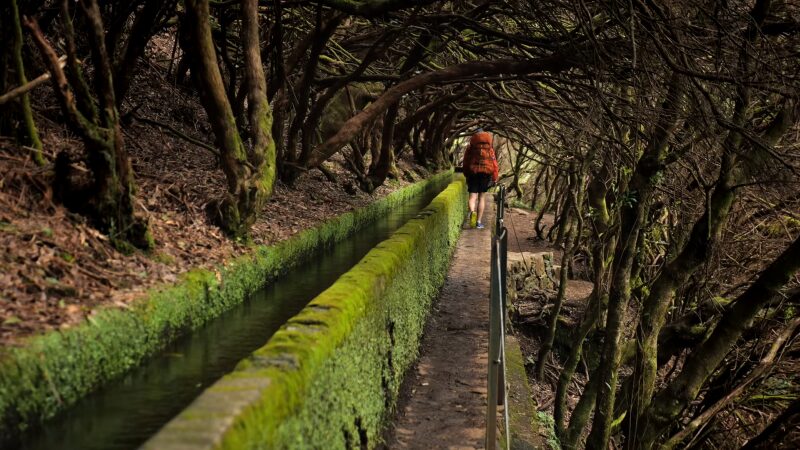Going on a hiking trip can be an exhilarating adventure, offering a unique blend of physical challenge, mental relaxation, and the opportunity to reconnect with nature. Whether you’re a seasoned hiker or a novice eager to explore the trails, having the right gear is crucial for ensuring a safe, enjoyable, and unforgettable journey.
In this post, I will walk you through the essential gear you need for a hiking trip, offering insights and recommendations to help you prepare for the adventure ahead.
Core Hiking Gear
Footwear
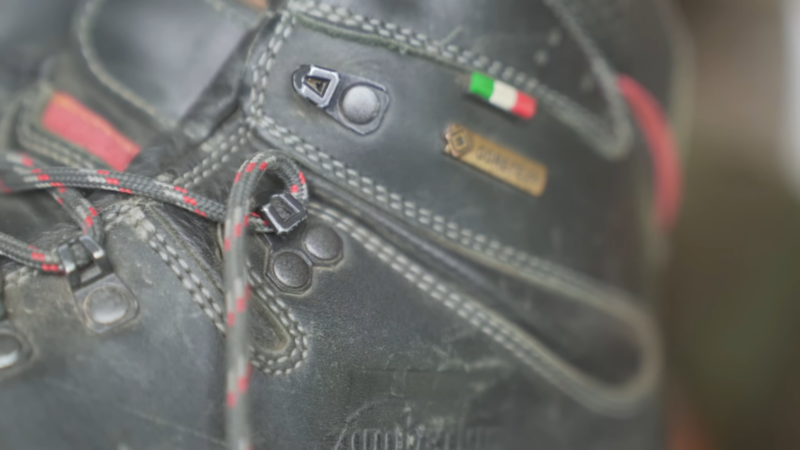
Choosing the right footwear is paramount. Your shoes or boots should provide support, protection, and comfort over varied terrains. Consider the nature of your hike—lightweight shoes are ideal for easy trails, while sturdy boots are best for rugged paths.
- Trail Shoes: Suitable for well-maintained paths, offering comfort and agility.
- Hiking Boots: Provide ankle support and durability for challenging terrains.
For enthusiasts looking to ensure their footwear is both stylish and suitable for diverse terrains, Sneakerzone.dk offers a selection of sneakers that blend fashion with functionality, ideal for those leisurely trail walks or urban explorations.
Backpack
Your backpack is your lifeline, carrying all your essentials. Look for a pack with:
- Comfortable fit with adjustable straps.
- Adequate volume (measured in liters) tailored to the length of your hike.
- Weather resistance to keep your gear dry.
Clothing
Layering is key to managing your body temperature across different climates and exertions:
- Base Layer: Moisture-wicking materials to keep you dry.
- Insulating Layer: Fleece or down jackets for warmth.
- Outer Layer: Waterproof and breathable jackets for protection against the elements.
Eye Protection
When embarking on a hike, the significance of protecting your eyes from the sun’s harsh rays cannot be overstated. Quality sunglasses are indispensable for safeguarding your vision against UV radiation, which can be especially intense in outdoor settings.
Look for sunglasses that offer 100% UV protection and polarized lenses to reduce glare, enhancing visibility on bright days. This not only ensures your eyes are shielded from potential sun damage but also improves visual clarity, allowing you to better appreciate the scenic beauty and navigate the terrain.
Whether traversing snowy landscapes that reflect sunlight or navigating bright, open trails, the right pair of sunglasses can make a substantial difference in your comfort and safety on the hike. Check out the best hiking glasses available at https://goodr.com/.
Navigation Tools

Even if you plan to hike well-marked trails, having navigation tools is essential for safety:
- Map and Compass: Fundamental for navigation in areas with limited GPS service.
- GPS Device: Offers precise location tracking and route information.
Hydration Systems
Water is your most critical supply on the trail. Options include:
- Water Bottles: Simple and reliable.
- Hydration Bladders: Convenient for drinking on the move.
Food and Snacks
Pack high-energy, lightweight, and non-perishable snacks like nuts, dried fruits, and energy bars. For longer hikes, consider bringing a compact stove and dehydrated meals.
What Kind of Tent Should You Carry?
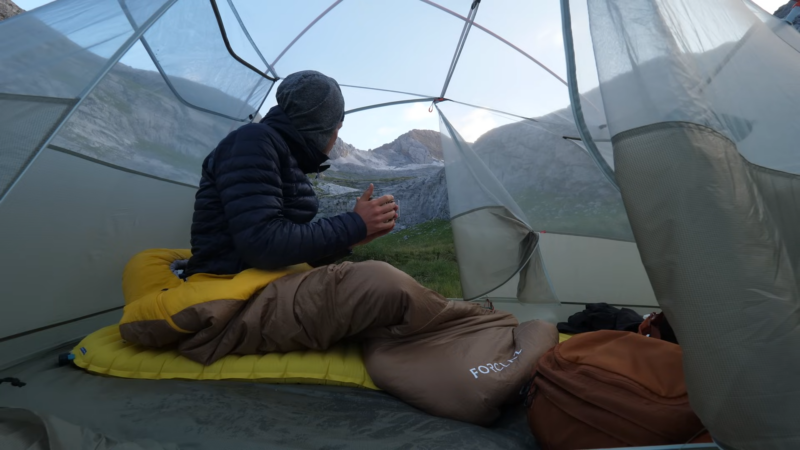
Your tent is your shelter, a crucial piece of gear for multi-day treks. Look for lightweight, durable, and easy-to-set-up options. The tent’s size and season rating should match your group size and weather conditions.
Sleeping Bags and Pads
A good sleeping bag and pad are indispensable for resting and recharging:
- Sleeping Bag: Choose based on the lowest temperatures you expect to encounter.
- Sleeping Pad: Provides insulation and cushioning from the ground.
Cooking Gear
A portable stove, fuel, a lightweight pot, and utensils are essential for preparing hot meals. Consider your meal plan and choose gear that fits your needs and space.
Safety Essentials
- First-Aid Kit: Customize your kit based on the group size and trip duration.
- Multi-Tool: For repairs and emergencies.
- Headlamp or Flashlight: With extra batteries.
- Fire Starter: Waterproof matches, lighter, or a fire steel.
Environmental Responsibility
Carry reusable containers, biodegradable soap, and ensure all trash is packed out. Respect wildlife and stay on designated trails to minimize your impact on the environment.
Tailoring Your Gear List
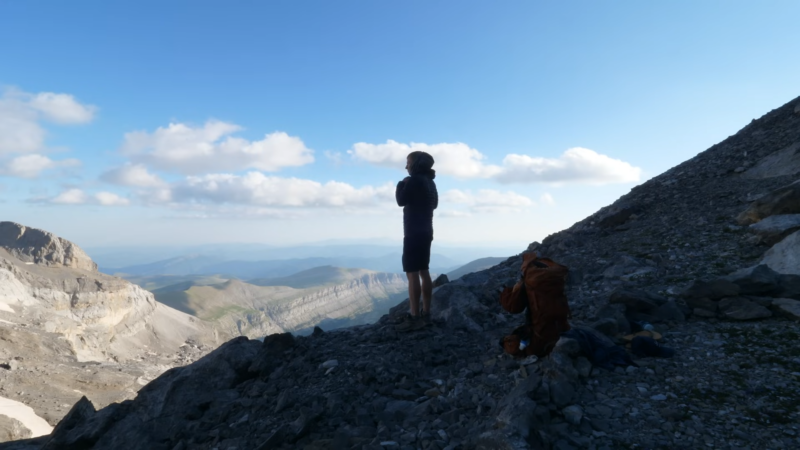
How to Choose the Right Gear for Different Seasons?
Adapting your gear to the season is crucial for comfort and safety:
- Summer: Emphasize sun protection and hydration.
- Fall: Focus on layers and lighting as days get shorter.
- Winter: Insulation and weatherproof gear are key.
- Spring: Prepare for rain and unpredictable weather.
The Role of Technology: Enhancing Safety and Experience
Incorporate technology wisely:
- Solar Chargers: Keep your devices powered.
- Fitness Trackers: Monitor your activity and health.
- Apps: Navigation, star maps, and first aid apps can be invaluable.
Enhancing Comfort on the Trail
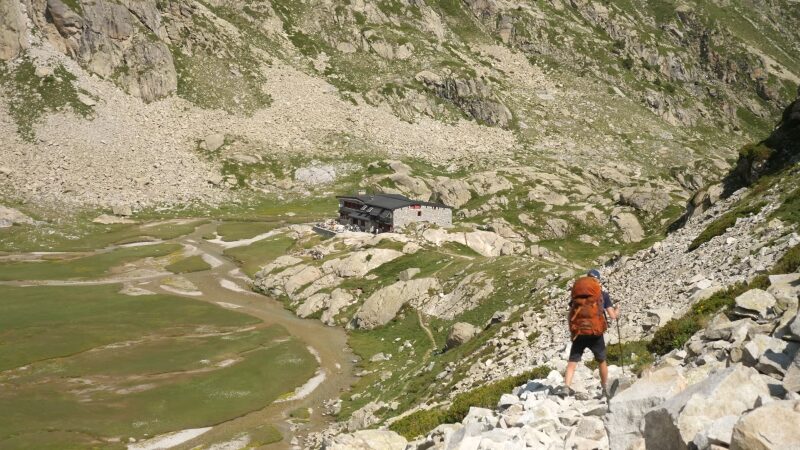
Footwear Accessories
- Gaiters: Keep debris out of your shoes and provide additional protection against the elements.
- Quality Socks: Invest in moisture-wicking and breathable socks to prevent blisters.
Backpack Accessories
- Rain Cover: An essential add-on to protect your gear from sudden downpours.
- Packing Cubes: Help organize your gear within your backpack for easy access.
Personalizing Your Hiking Kit
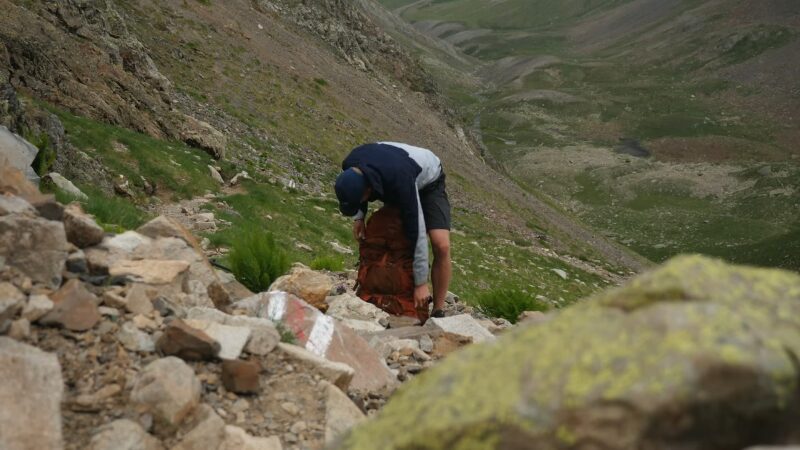
If capturing the beauty of the landscape is a priority, consider packing a lightweight tripod, extra camera batteries, and lens options suited to nature photography.
Comfort Items for Leisurely Breaks
- Lightweight Hammock: For those moments when you want to relax amidst nature.
- Compact Binoculars: Enhance your ability to observe wildlife or distant landscapes.
Safety and Preparedness
Beyond the basics, your safety kit should be tailored to the specifics of your trip and personal needs:
- Emergency Shelter: A lightweight bivy sack or emergency space blanket can be lifesaving.
- Signal Devices: A whistle or mirror can be used to signal for help in emergencies.
Navigational Backup
Dependence on electronic devices can be risky; always have a physical map and compass as a reliable backup, and ensure you know how to use them.
FAQs

Can I Use Running Shoes for A Short Hike?
Yes, for short, easy trails with minimal rough terrain, running shoes with good traction can suffice.
How Do I Choose the Capacity of My Backpack for A Day Hike?
A 20-30 liter backpack is typically sufficient for day hikes, allowing space for water, food, a first-aid kit, and layers.
Is It Necessary to Bring a GPS Device if I Have a Smartphone?
While a smartphone can serve as a GPS tool, a dedicated GPS device is more reliable in areas with poor cell service and has a longer battery life.
What’s the Most Overlooked Item in A Hiker’s First-Aid Kit?
Blister prevention and treatment supplies, such as moleskin or blister bandages, are often overlooked but crucial.
How Much Water Should I Carry on A Hike?
A general rule is about 2 liters of water for a full day of hiking, but this can vary based on the weather, your activity level, and personal needs.
Do I Need a Special Kind of Sunscreen for Hiking?
It’s advisable to use a broad-spectrum sunscreen that is sweat-resistant and has an SPF of 30 or higher, to protect against prolonged sun exposure.
Final Words
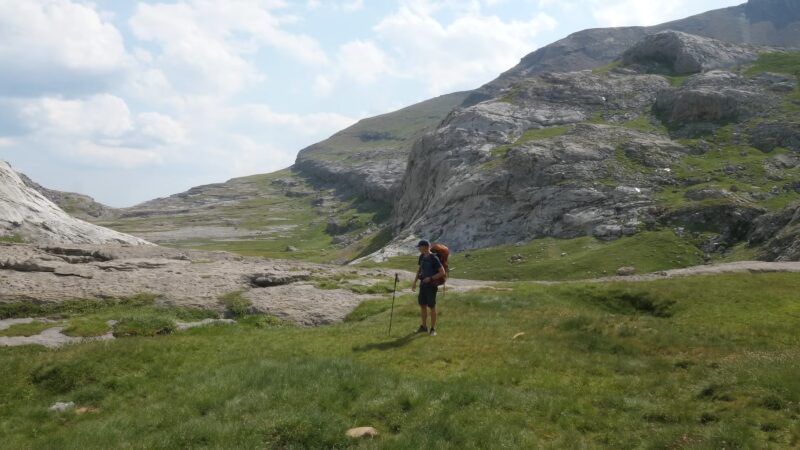
An unforgettable hiking trip requires careful planning and the right gear. From the non-negotiable essentials like proper footwear, a durable backpack, and layering clothing for comfort, to the additional items that enhance your experience like a reliable tent, cooking gear, and safety essentials, each piece plays a vital role in ensuring your adventure is safe, enjoyable, and memorable.
Tailoring your gear to the specific needs of your trip, considering the season, and leveraging technology can further enhance your experience and safety on the trail.
Keep in mind that a successful hiking trip isn’t just about reaching the destination; it’s about enjoying the journey. With the right preparation and gear, you’re well on your way to creating unforgettable memories in the great outdoors.

